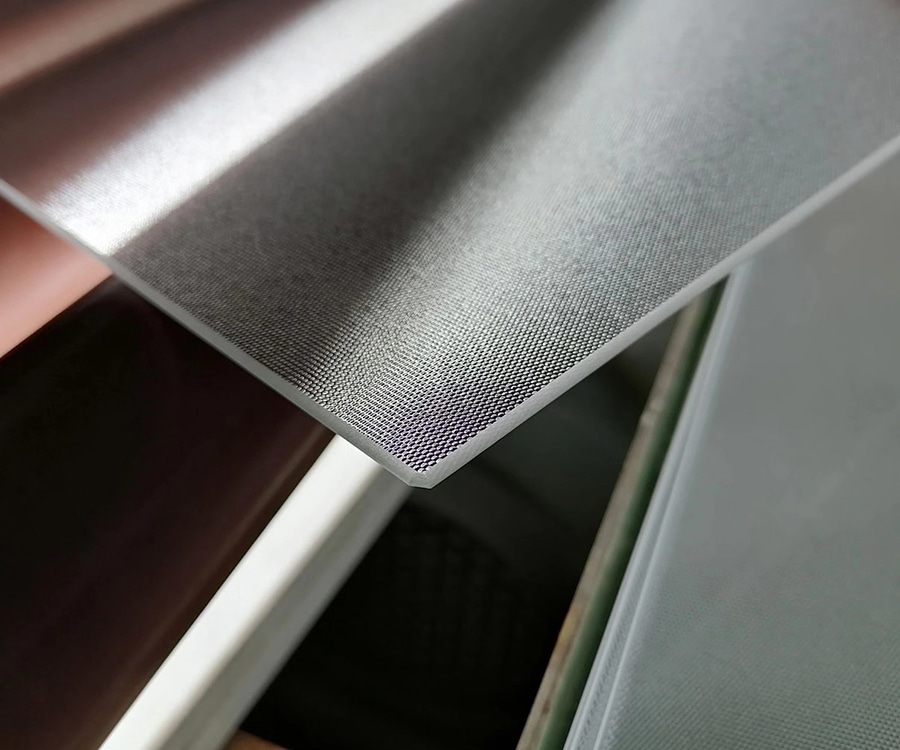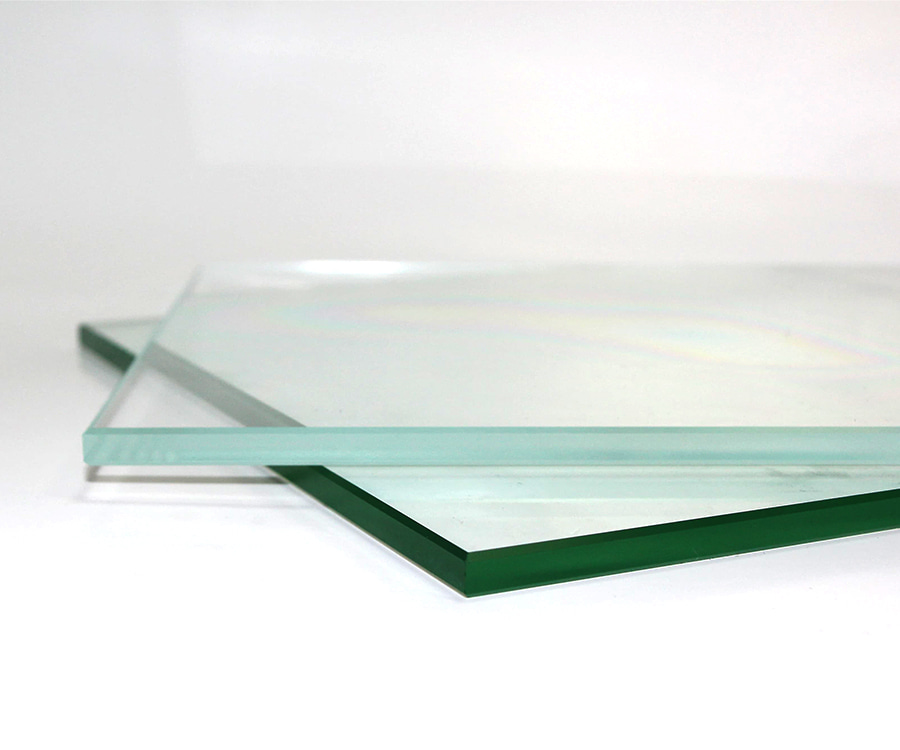The reason why Silk Screen Printed Glass can obtain high strength and safety protection properties is mainly due to a crucial link in its production process - high-temperature thermal tempering treatment. This process step is not just a simple heating treatment of the glass, but a series of complex processes that are precisely designed and strictly controlled.
First, let’s dive into the basic principles of high-temperature thermal tempering. As an amorphous inorganic material, the physical properties of glass change significantly under temperature changes. When glass is heated to a temperature close to but below its softening point, its internal structure begins to change, the connections between molecules become closer, and a layer of compressive stress begins to form on the surface of the glass. The formation of this compressive stress layer is due to the difference in expansion coefficient between the surface and the interior of the glass during the heating process. As a result, during the subsequent rapid cooling process, the surface is compressed and the interior is relatively expanded, thus forming a state of internal and external stress distribution. .
This stress distribution state is cleverly exploited during the high-temperature thermal tempering process of Silk Screen Printed Glass. By precisely controlling heating and cooling parameters, such as temperature, time and cooling rate, a uniform and stable compressive stress layer can be formed on the glass surface, while a certain tensile stress state is maintained inside. This stress distribution not only significantly improves the bending strength and impact strength of the glass, but also enables the glass to more effectively disperse and absorb energy when it is acted upon by external forces, thus greatly reducing the risk of breakage.
In addition, high-temperature thermal tempering treatment can also cure and protect screen-printed patterns. During the heating process, the resin and other components in the ink react chemically to form a strong bond with the glass surface, ensuring the durability and stability of the pattern. At the same time, high-temperature treatment can also remove residual volatiles in the ink, further improving the clarity and quality of the pattern.
High-temperature thermal tempering treatment has strict requirements on the type of glass and the properties of the ink. Different types of glass have different softening points and expansion coefficients, so appropriate heating temperatures and cooling rates need to be selected. Similarly, the temperature resistance and chemical stability of the ink are also one of the key factors affecting the effect of high-temperature thermal tempering. Therefore, in the actual production process, multiple factors such as glass type, ink properties, and product requirements need to be comprehensively considered to ensure that high-temperature thermal tempering treatment can achieve the expected results.
High-temperature thermal tempering treatment is one of the key steps for Silk Screen Printed Glass to obtain high strength and safety protection properties. By precisely controlling the heating and cooling parameters, a uniform and stable compressive stress layer can be formed on the glass surface, thereby improving its flexural strength and impact resistance. At the same time, high-temperature thermal tempering treatment can also solidify and protect the screen-printed patterns, further improving the quality and stability of the product.











